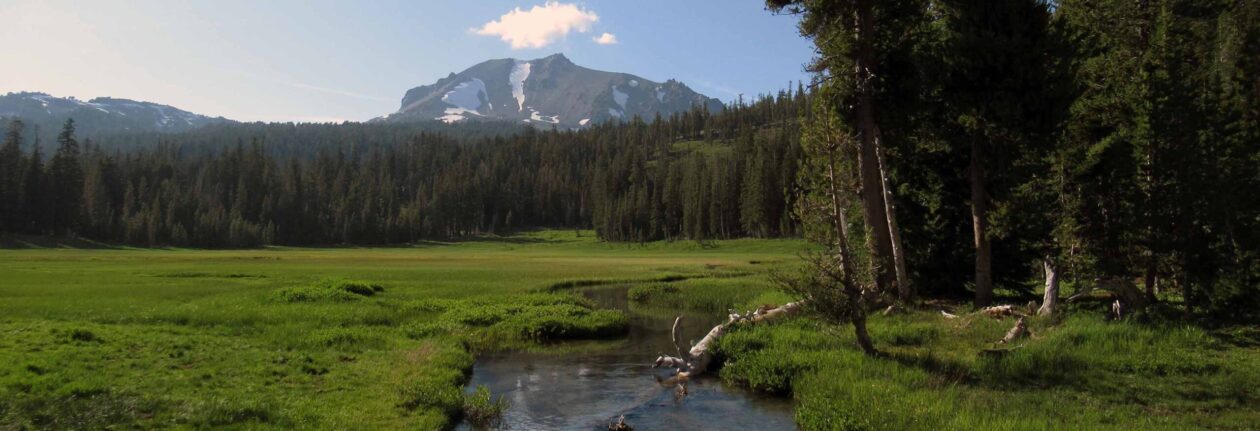THIRTY-EIGHTH MOVEMENT: CROATIA
Dubrovnik, Croatia
I woke up at 07:00 to the sounds of church bells ringing. Then, after waiting for five other guests in the room to cycle through the bathroom, I went in, showered, dressed, and got ready. I then packed my bags and checked out of the hostel at 08:10. Next, I walked to the bus station and waited until 08:30 for the bus to Dubrovnik to arrive. Once the bus came, I got on and shortly after we drove north, to Croatia. I slept a little on the way and, at 09:55, we reached the border. Our passports were collected by a Montenegrin official and in ten minutes we received them all back, with our exit stamps. The bus then drove to the Croatian passport control, where our passports were collected by a Croatian official. After a little over ten minutes, we received our passports with our entry stamps.
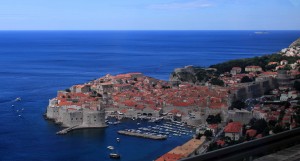
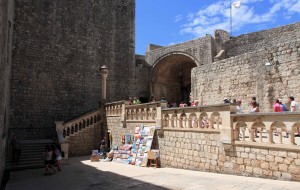
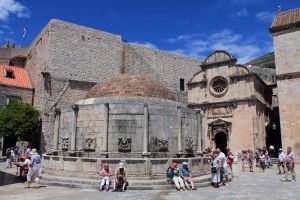
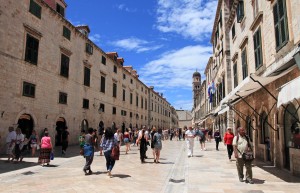
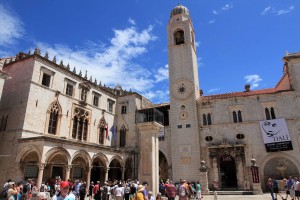
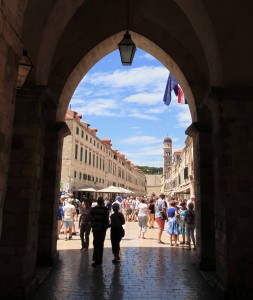
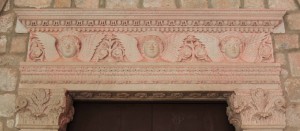

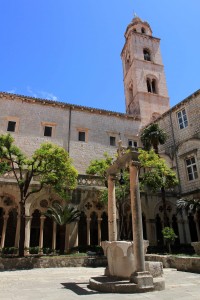
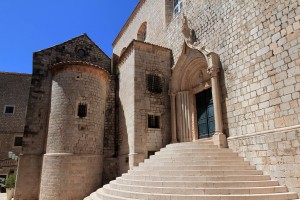
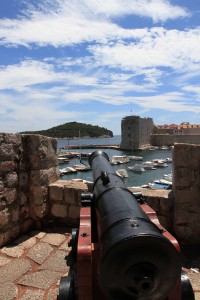
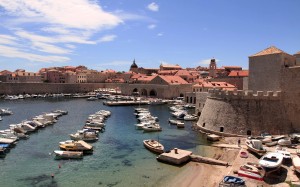
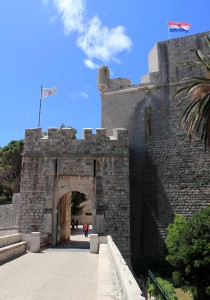

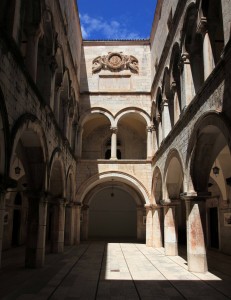

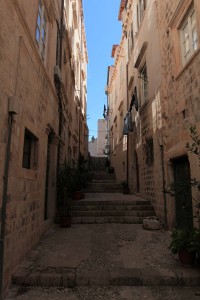
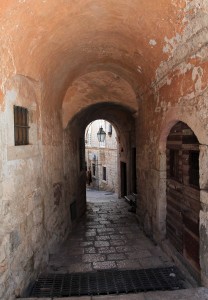
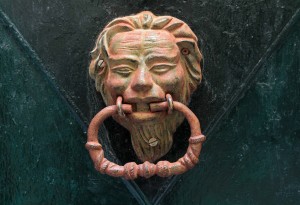
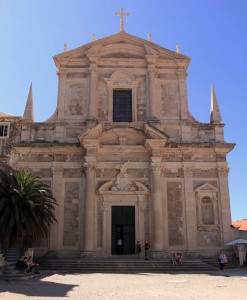
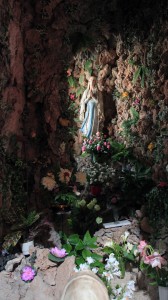
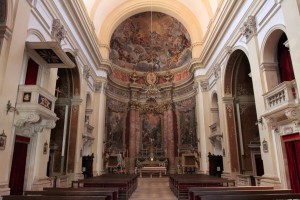
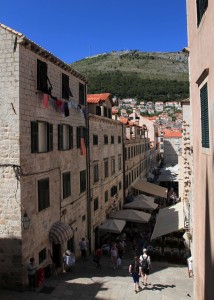

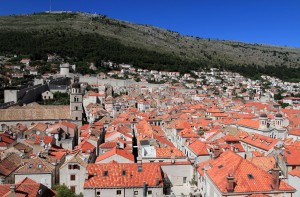


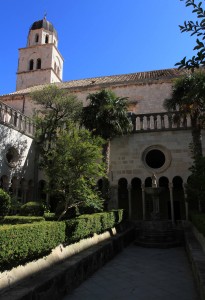
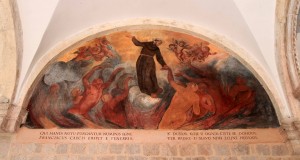
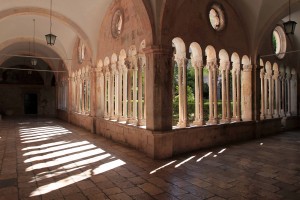
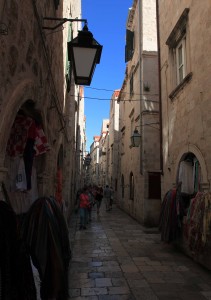
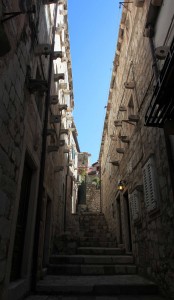
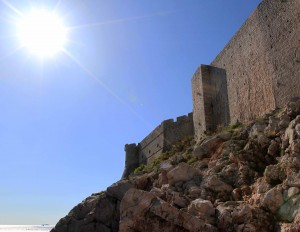
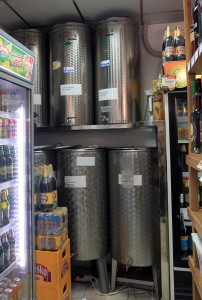
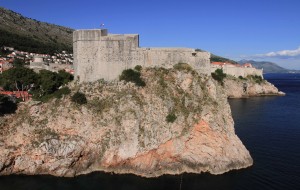
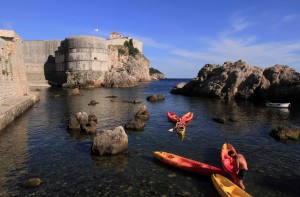
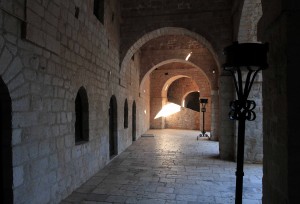
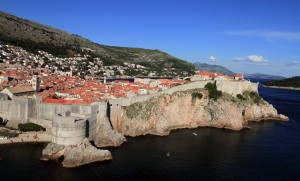
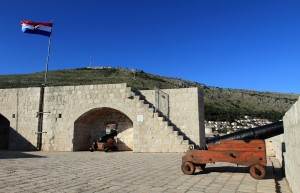
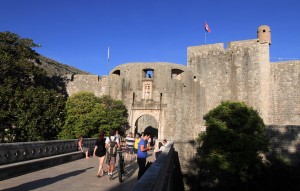
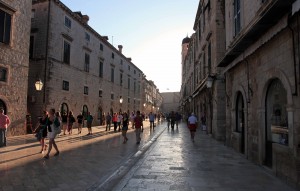
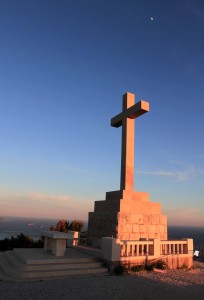
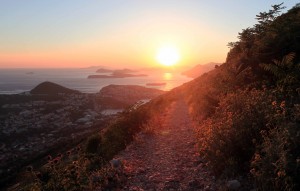
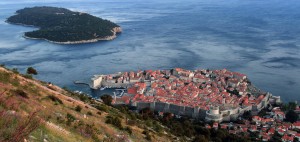
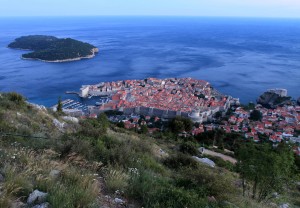
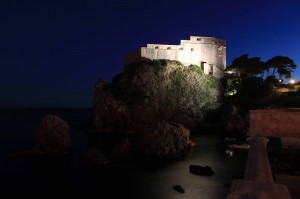
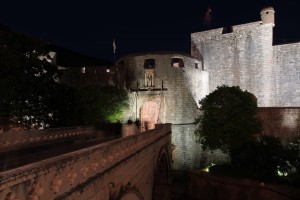
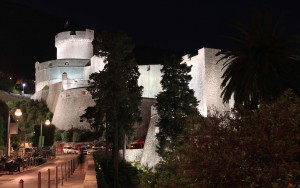
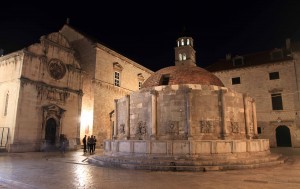
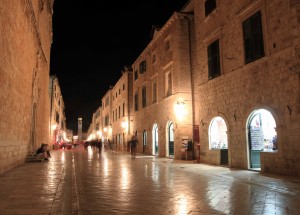
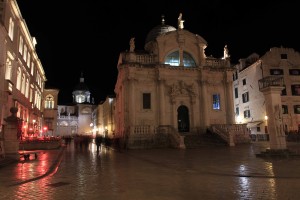
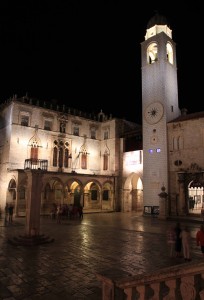
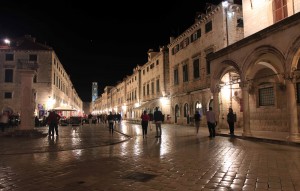
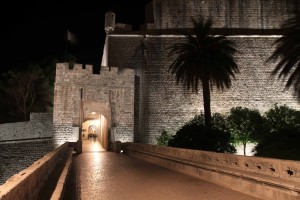
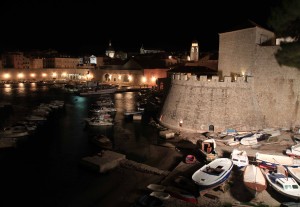
The bus drove in to Croatia at 10:18 and the first observation I made was that there are a lot of Italian cypress trees scattered throughout the landscape (I’m used to only seeing them around suburban yards in the States). At 10:50, we approached Dubrovnik and were treated to a grand view of the old town (very picturesque). We reached the bus station by the port and I exited with my bags. I then walked to the hostel I booked with last night and arrived there at 11:30. Being there too early to check in, I grabbed my camera and tripod, left my bags at the reception desk, and walked out to explore the old town of Dubrovnik. I approached the old city from Pile Gate and entered inside. I then passed by Onofrio Fountain (which was built in 1438 AD as part of a water-supply system for the city) and walked along the Placa Stradun (the main street in the old town), following to its end at Luza Square, where Orlando’s Column, the city’s Bell Tower, Sponza Palace, and St. Blaise Church are located (on the way, I stopped at an ATM and grabbed some much needed kuna (i.e. Croatian currency)). I then walked out to the Old Port and viewed the marina and St. John’s Fort. Then, I walked to the Dominican Monastery, bought an entry ticket, and viewed its cloister and the artifacts on display (some nice paintings) in the monastery’s museum; I also viewed the inside of the Church of St. Sebastian, which is connected to the monastery. Next, I walked to Fort Revelin (which was closed today – a Wednesday) and to Ploče Gate (the eastern entrance in to the old city). I then backtracked to Luza Square and paid to enter the inside of Sponza Palace; here there were three exhibits: one with old photographs showing how Dubrovnik looked roughly a century ago (taken by Felix Laforest, a Kotor-born photographer), another with replicas of old manuscripts (the originals are too rare, some dating back to the eleventh-century AD (some of the oldest surviving manuscripts in Europe), to risk being put on display), and the last was an exhibit remembering those who were killed and the destruction that occurred when the Yugoslav People’s Army (JNA) sieged the city from October 1, 1991 to May 31, 1992 AD. After touring the exhibits in the palace, I walked southward to the Dubrovnik Cathedral (also known as the “Cathedral of the Assumption of the Virgin Mary”), a Roman Catholic Cathedral built in a Romanesque-style between the twelfth- and fourteenth-centuries AD; according to legend, the money to build the basilica was partially contributed by the English king Richard the Lion Heart, as a votive for having survived a shipwreck near Lokrum Island in 1192 AD on his return from the Third Crusade. I toured the inside of this cathedral (no photographs were allowed inside) and then continued to wander around the old city of Dubrovnik. I then made my way to St. John Fort, where a Maritime Museum is located and I looked at all the artifacts on display inside there. Next, I walked through a number of narrow streets before coming to the Church of St. Ignatius, which was built in 1725 AD as part of the a Jesuit college; inside the church were many well-done frescoes and a grotto (“Grotto of Our Lady of Lourdes”) with a statue of the Virgin Mary. After touring the inside of the church, I walked down a monumental Baroque staircase and then made my way to the Ethnographic Museum, where I viewed an exhibit on Carnival in Dubrovnik (“when the Catholics go crazy”), some traditional Croat clothing, trade tools (plows, wine presses, etc.), and other exhibits on a lifestyle pretty much entirely relegated to the past. Then, I walked to the Church of the Holy Annunciation (a Serbian-Orthodox Church) and viewed the different iconography on display inside its nave. After visiting this church, I walked to the Franciscan Monastery (located near Pile Gate and the Holy Savior Church); inside the Franciscan Monastery, there was a museum displaying several paintings and religious artifacts, as well as many pharmaceutical tools and remedies used in the past (the rule of the Franciscan order was to take care of the sick brethren). After visiting the monastery, I walked to the southern city walls and exited out to a café on the edge of the sea and several rocks for sunbathers to lie out on; I stayed long enough on the rocks to watch a Brit jump off one of the high rocks in to the Adriatic Sea before turning around to continue my exploration of the old city. I then stopped at a local market (that sold homemade wine out of tapped vats) and bought a sports drink to rehydrate. Next, I walked out of the old city, through Pile Gate, and out to Fort Lovrijenac. I ended up missing the street to the fort and overshot it, ending up at a park west of it, but at least I had some nice views of the fort and the old city from some vantage points near this park. I then made my way to Fort Lovrijenac, bought an entrance ticket, and explored the multiple levels of the fortification. Whilst in the fort, I encountered a ‘Game of Thrones’ tour being taken through the fortification and being shown photographs from the series to show where certain scenes were filmed (‘Game of Thrones’ fans have increased tourism in this city and helps explain why there are so many Americans, Brits, and Asians overrunning this city). After exploring the fort, I walked back in to the old city (entering through Pile Gate) and found a fast food restaurant where I ate two slices of poor pizza (with salami and mushrooms as toppings) and drank a can of local beer. Then, as the clock neared 19:00, I hurried back to Pile Gate to meet up with the Irish woman I met the night before in Kotor; I had promised to meet her at the gate so that she could show me around the city and we could hang out together. Well, I waited at Pile Gate, walking back and forth between the outside and inside, trying to spot her, but to no avail; after twenty minutes, I gave up. Oh well. Now with more free time on my hands, I decided to walk to the north end of the old city and ride the cable car up to Mount Srd (which was very windy). I am glad I bought a one-way ticket up and walked the trail back down to Dubrovnik (although the trail was hard to find since there were no signs anywhere and it was hidden behind an old fortification) because the view was terrible from the restaurant and the cross on Mount Srd thanks to whichever asshole designed and built the cable car – the cable and its tower were in the direct line-of-sight of the old city, thus ruining all photographs taken from the top of the mountain (my recommendation is for everyone to just hike the trail and hopefully – in time – the cable car will eventually disappear). Anyway, from the trail, I had excellent views of the old city of Dubrovnik and Lokrum Island. As I hiked down the trail, the sun set and darkness fell. By the time I made it back to the city, it was night. Since I was in the old city with my camera and tripod and since it was night, I decided to hang around a while longer and take some nighttime photographs of some of the best sites (i.e. Fort Lovrijenac, Pile Gate, Minčeta Tower, Onofrio Fountain, Placa Stradun, Luza Square, Ploče Gate, and the Old Port). While I was photographing near Ploče Gate and Fort Revelin, the winds really picked up and I had quite a bit of dust blowing in to my eyes. Once satisfied with the photographs I took, I walked back to the hostel. I reached the hostel after 22:30, and finally checked in. I was then shown my bed, I put my bags away, and eventually went to sleep, after midnight.
